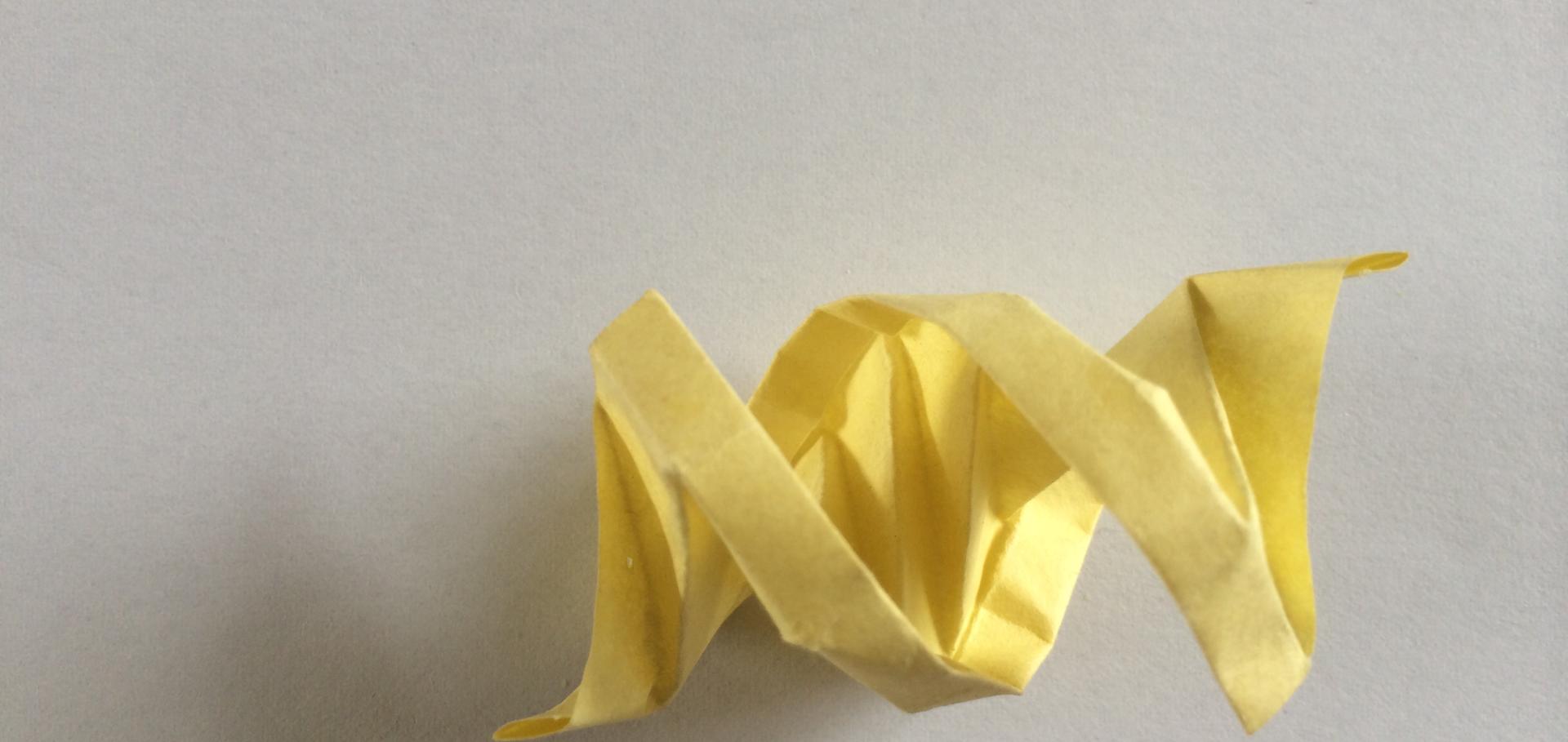DNA-based optical sensors for forces in cytoskeletal networks
Abstract:
Mechanical forces are relevant for many biological processes, from wound healing and tumor formation to cell migration and differentiation. Cytoskeletal actin is largely responsible for responding to forces and transmitting them in cells, while also maintaining cell shape and integrity. Here, we describe a FRET-based hybrid DNA-protein tension sensor that is designed to sample transient forces in actin networks by employing two actin-binding motifs with a fast off-rate attached to a central DNA hairpin loop. Such a sensor will be useful to monitor rapidly changing stresses in the cell cytoskeleton. We use fluorescence lifetime imaging to determine the FRET efficiency and thereby the conformational state of the sensor, which makes the measurement robust against intensity variations. We demonstrate the applicability of the sensor by confocal microscopy and by monitoring crosslinking activity in in vitro actin networks by bulk rheology.A modular RNA delivery system comprising spherical nucleic acids built on endosome-escaping polymeric nanoparticles
Abstract:
Nucleic acid therapeutics require delivery systems to reach their targets. Key challenges to be overcome include avoidance of accumulation in cells of the mononuclear phagocyte system and escape from the endosomal pathway. Spherical nucleic acids (SNAs), in which a gold nanoparticle supports a corona of oligonucleotides, are promising carriers for nucleic acids with valuable properties including nuclease resistance, sequence-specific loading and control of receptor-mediated endocytosis. However, SNAs accumulate in the endosomal pathway and are thus vulnerable to lysosomal degradation or recycling exocytosis. Here, an alternative SNA core based on diblock copolymer PMPC25–PDPA72 is investigated. This pH-sensitive polymer self-assembles into vesicles with an intrinsic ability to escape endosomes via osmotic shock triggered by acidification-induced disassembly. DNA oligos conjugated to PMPC25–PDPA72 molecules form vesicles, or polymersomes, with DNA coronae on luminal and external surfaces. Nucleic acid cargoes or nucleic acid-tagged targeting moieties can be attached by hybridization to the coronal DNA. These polymeric SNAs are used to deliver siRNA duplexes against C9orf72, a genetic target with therapeutic potential for amyotrophic lateral sclerosis, to motor neuron-like cells. By attaching a neuron-specific targeting peptide to the PSNA corona, effective knock-down is achieved at doses of 2 particles per cell.
Reconfigurable self-assembled DNA devices
Abstract:
Modular reconfigurable systems can be achieved with DNA origami, demonstrating the potential to generate molecular robots.


